
Labor activist Qiang Li says Apple is doing a much better job of monitoring factory conditions than Dell, Hewlett-Packard, Nokia and many others.
“I compared Apple with other cell phone companies, such as Nokia. And the conditions in those factories are worse than the ones of Apple,” he said.
However, Li says that conditions in the supply chain are not the responsibility of the suppliers themselves or the Chinese government. Apple ultimately bears responsibility, and the company should spend some of its record profits in improving conditions.
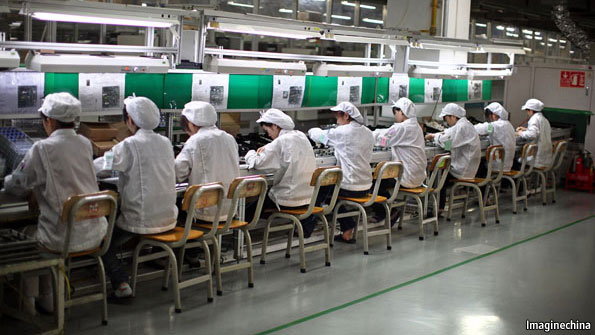


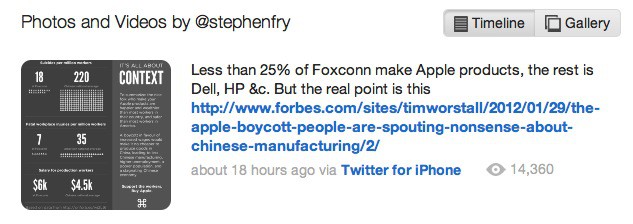
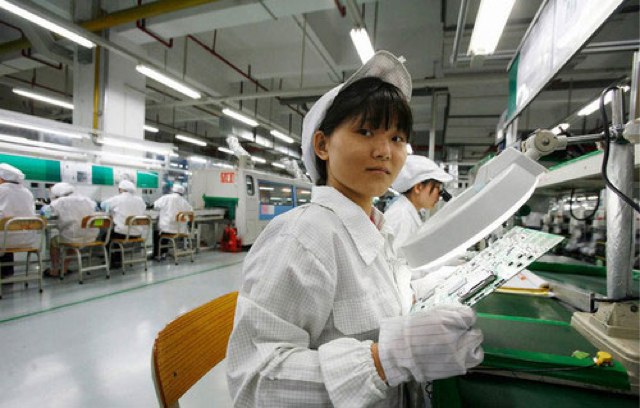
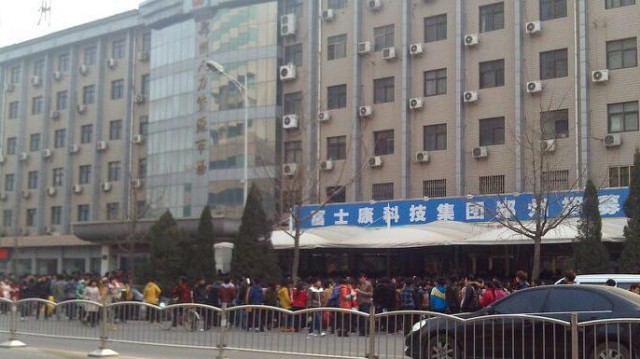
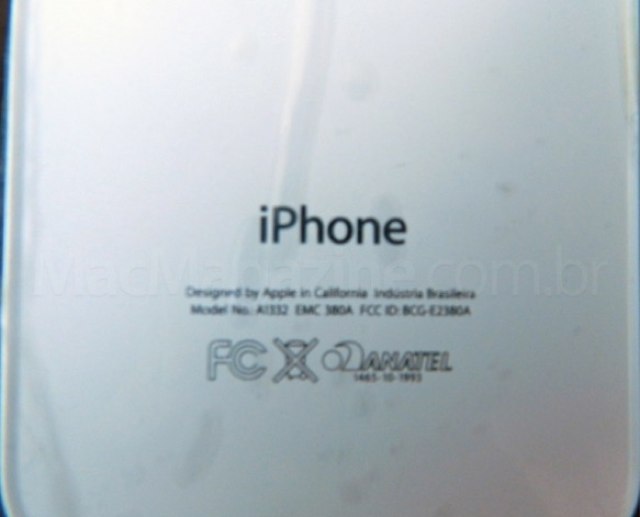
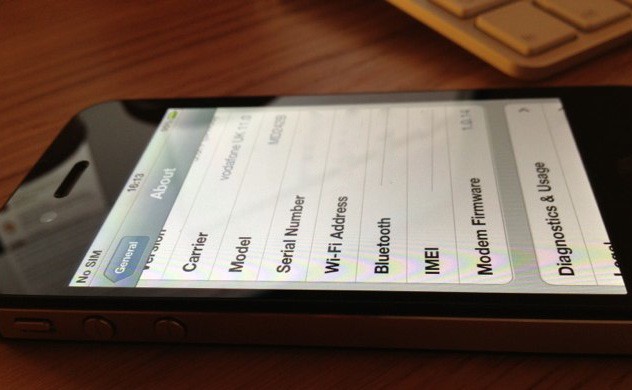
![Foxconn Employee Says 4-Inch iPhone 5 Will Be Released This Summer [Report] iPhone-5-Concept-Navigation](https://www.cultofmac.com/wp-content/uploads/2012/01/iPhone-5-Concept-Navigation-e1326729328234.jpg)
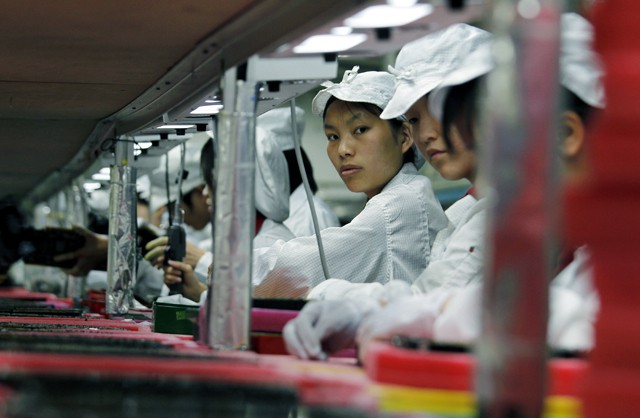
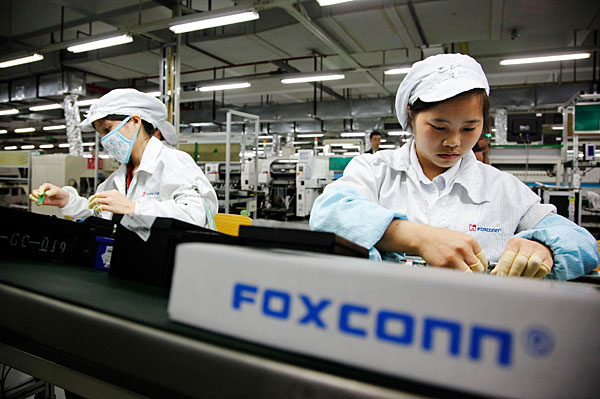
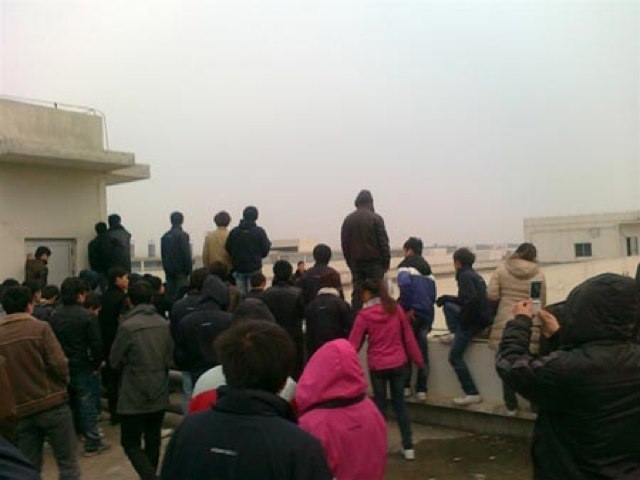
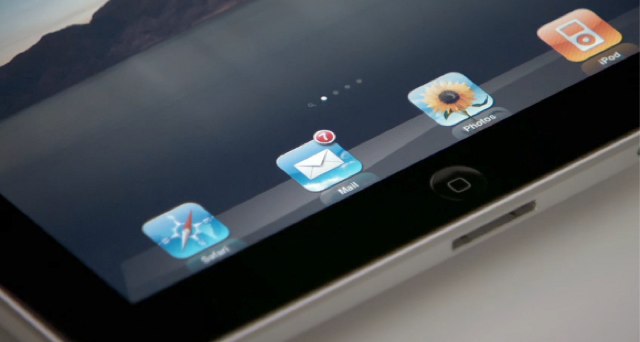
![Foxconn & Pegatron Begin Assembling Retina Display iPad 3 For Launch In Early March [Rumor] ipad-2-box110329185545](https://www.cultofmac.com/wp-content/uploads/2011/11/ipad-2-box110329185545-e1321565066601.jpg)
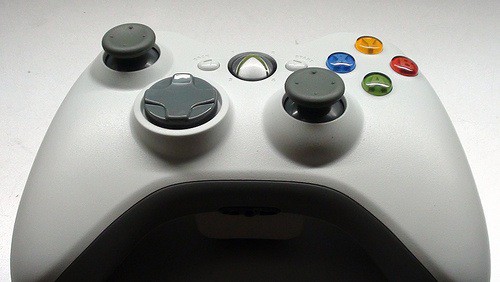
![Apple’s Television Set Will Be Powered By A Custom-Built Processor Like Its iOS Devices [Rumor] ipad-a4-chip](https://www.cultofmac.com/wp-content/uploads/2011/12/ipad-a4-chip.jpg)
![The Biggest Apple Stories Of 2011 [Year In Review] apple](https://www.cultofmac.com/wp-content/uploads/2011/12/apple.jpg)

![Explosion At Pegatron’s iPad Plant Hospitalizes 23 Workers [Report] ipad2back](https://www.cultofmac.com/wp-content/uploads/2011/05/ipad2back1.jpg)
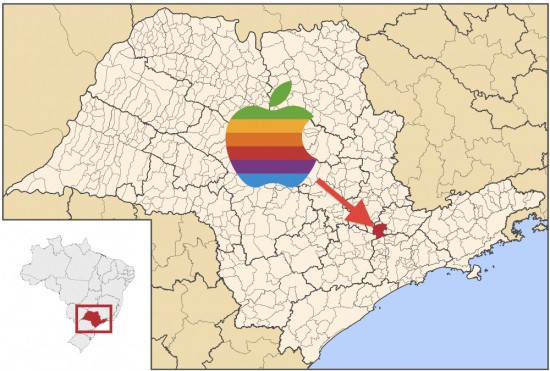
![Best Fake Market Finds (Android iPhone, Anyone?) From Brazil [Gallery] The electronics stores are set up like mini-malls. @Nicole Martinelli.](https://www.cultofmac.com/wp-content/uploads/2011/12/storefront2.jpg)

![A Visit to Foxconn’s Not-So-Secret iPhone Factory in Brazil [Exclusive] A view of Foxconn's new iPhone plant. Photo: Alessandro Salvatori, Blog do iPhone.](https://www.cultofmac.com/wp-content/uploads/2011/11/longshot_ale.jpg)
